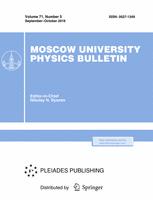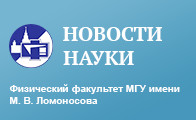The paper considers a donor-acceptor nanocluster fluorescing in a microwave infrared radiation field. It is assumed that the nanocluster consists of two dipole-dipole interacting organic molecules. It is shown that the fluorescence process of the nanocluster occurs if the donor molecule contains a substructure of identical diatomic pairwise interacting bonds of dipoles (an IR antenna). This antenna is capable of accumulating vibrational energy as a sum of collective vibrational quanta (excimols). The acceptor molecule has no permanent dipole moment and cannot be excited by microwave IR radiation. This molecule is polarized in the dipole moment field of the donor IR antenna and can receive energy accumulated in the IR antenna of the donor molecule. If the acceptor molecule has an electronically excited state in the long-wavelength visible region of its absorption spectrum, then after receiving energy equal to the energy of this state from the donor antenna, the electronic excitation of the acceptor molecule and its fluorescence is possible. As an example, the fluorescence of a nanocluster is considered whose donor molecule has a С$_n$H$_{2n}$ IR antenna. The acceptor molecule is aromatic and the external infrared frequency, 1.1·10$^{14}$ s$^{−1}$, is equal to the frequency of the excimol in the donor infrared antenna.
36.40.-c Atomic and molecular clusters
$^1$Skobeltsev Research Institute of Nuclear Physics, Moscow State University, Moscow, Russia
$^2$Department of Chemistry, Phillips-University, Marburg, Germany, D-06421



